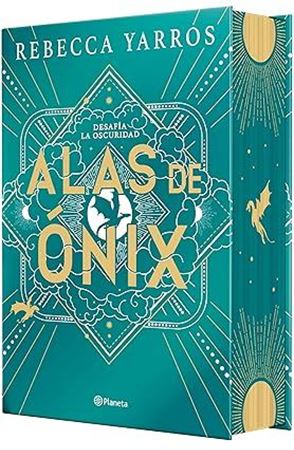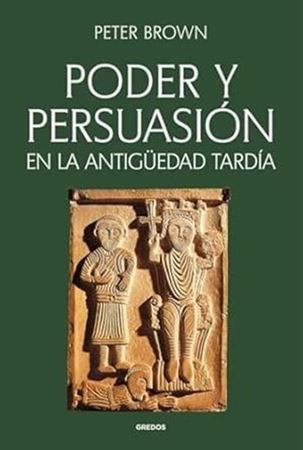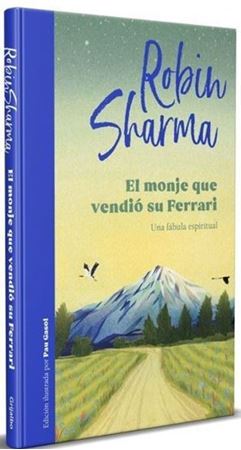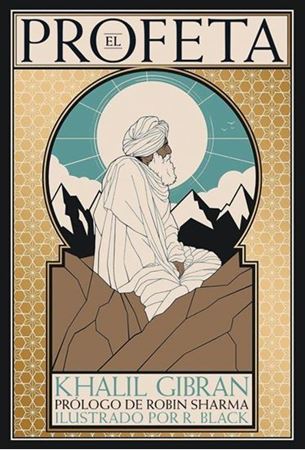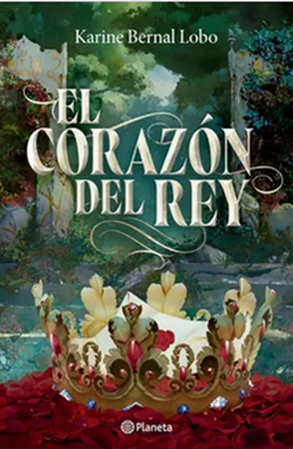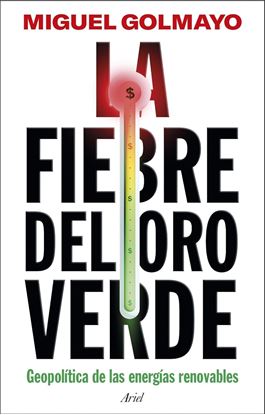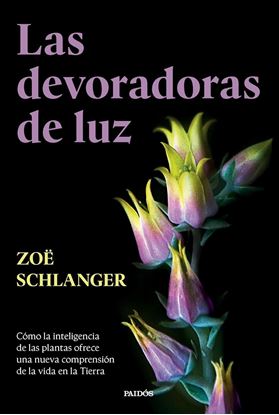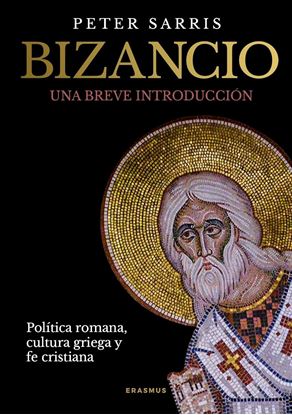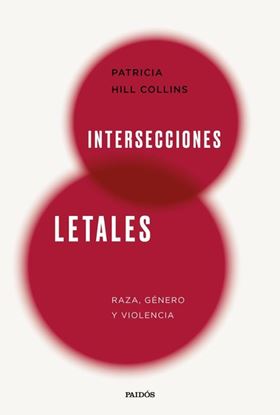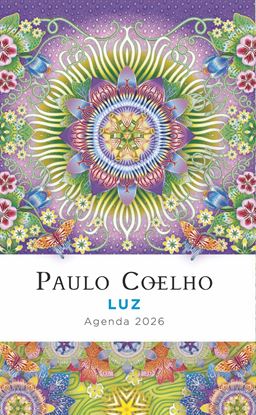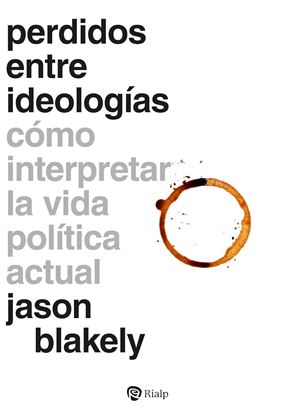

NOVEDADES
LA FIEBRE DEL ORO VERDE
Una reveladora investigación para comprender si estamos ante un verdadero avance o una trampa disfrazada de esperanza.
¿Es la transición energética una solución sostenible o el preludio de una nueva explotación global? La fiebre del oro verde expone la cara oculta de la lucha por los recursos naturales, donde la dependencia de los combustibles fósiles amenaza con ser reemplazada por una “adicción verde” a los minerales estratégicos. Miguel Golmayo nos guía en un análisis contundente sobre el impacto real de esta fiebre por lo “verde”, revelando cómo las grandes potencias, lejos de salvar el planeta, se enfrentan en una guerra comercial por controlar el mercado de las energías renovables. Una exploración de los intereses ocultos que marcan el ritmo de la transición y nos advierte: este cambio promete tanto como amenaza.
1,950
1,463
LAS DEVORADORAS DE LUZ
Ser una planta exige una creatividad biológica extraordinaria. Y, efectivamente, las plantas han desarrollado estrategias muy ingeniosas para poder sobrevivir y prosperar a pesar de no poder desplazarse. En los últimos años, los científicos han descubierto que se comunican, reconocen a sus familiares, presentan conductas sociales, escuchan, se camuflan, almacenan recuerdos útiles que informan de su ciclo vital e incluso manipulan a animales en su propio beneficio, por citar solo algunos de sus sorprendentes talentos. Si las observamos de cerca, descubriremos que, lejos de imitar la inteligencia humana, las plantas han creado lo que parece un sistema paralelo.
1,950
1,463
BIZANCIO. UNA BREVE INTRODUCCION
Tras sobrevivir a la caída del Imperio Romano de Europa Occidental en el siglo V, el Imperio Bizantino floreció como una de las fuerzas económicas, culturales y militares más poderosas de Europa durante mil años. En esta breve introducción, Peter Sarris introduce al lector en la singular fusión de la cultura política romana, la tradición intelectual griega y la fe cristiana que tuvo lugar en la capital imperial de Bizancio bajo el emperador Constantino y sus herederos. Utilizando ejemplos de la arquitectura, el arte y la literatura bizantinos, Sarris muestra cómo su legado fue reelaborado y reinventado en los siglos siguientes, frente a los desafíos y amenazas exteriores. A través del impacto de la guerra con los mundos persa e islámico en el este, Sarris explora la creatividad del arte de gobernar y la estrategia bizantinas, así como los repetidos (pero en última instancia infructuosos) intentos del imperio de conseguir la ayuda de las potencias cristianas de Europa occidental para asegurar su supervivencia.
1,950
1,463
INTERSECCIONES LETALES
En su nuevo libro, la reconocida socióloga Patricia Hill Collins nos ofrece un análisis innovador sobre cómo la violencia afecta de manera desigual a las personas según su clase, sexualidad, nacionalidad o etnia. Estas dinámicas invisibles de relaciones de poder superpuestas generan lo que la autora denomina «intersecciones letales», puntos donde las múltiples formas de opresión convergen y catalizan en una serie de prácticas violentas que recaen con mayor dureza sobre determinados grupos minoritarios.
1,950
1,463
PERDIDOS ENTRE IDEOLOGIAS
La vida política actual es un terreno confuso de ideologías en pugna. Jason Blakely ofrece una guía perspicaz para salir indemne de un laberinto de ideas que colisionan entre sí, y ponen de manifiesto una modernidad fragmentada. Para ello, parte de la convicción de que la desorientación actual que envuelve a las democracias liberales de todo el mundo tiene, en buena medida, un origen ideológico. La ideología en la era moderna tiene el efecto paradójico de orientar a millones de personas y, al mismo tiempo, desorientar a otros tantos. ¿Cómo ser ecuánime, razonable, veraz, sorteando las trampas ideológicas?
1,995
1,496

